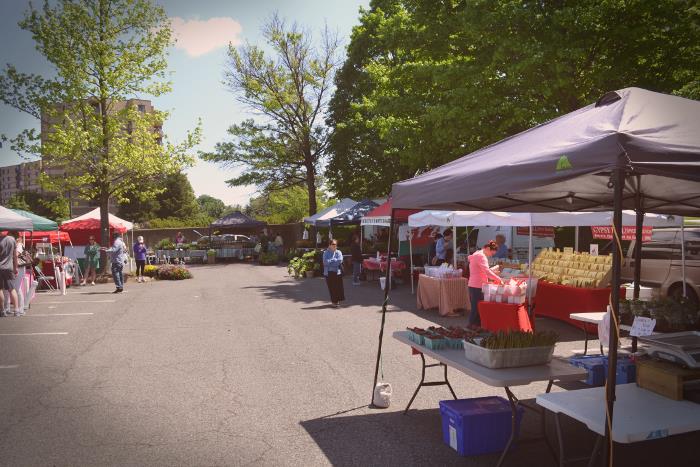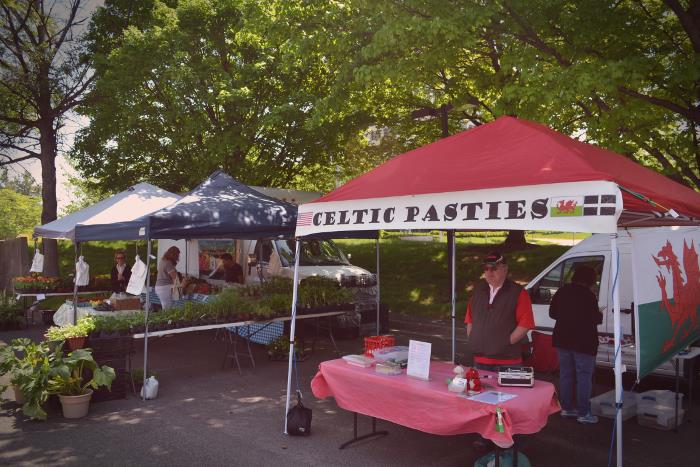Last year, there were 7800 farmers’ markets in the US which was a 10% increase from the year before. So while this element of our total economy is certainly small potatoes, so to speak, it is one of the fastest growing and at the grass roots level, this growth can have a tremendous impact on the local economy and the local community.
In Virginia, we now have over 200 farmers’ markets, at least 25 of which are in Northern Virginia. However, we are still losing small farmers in the Commonwealth even with this increased demand for locally-grown and produced food. The other worrisome statistic is that there are 5 times as many US farmers over 65 than under 35 years of age.
Think of it this way: we have learned over the last 30 years how our dependence on foreign oil affects our national security and economy; what happens when we become dependent upon the rest of the world for our food?
We are beginning to see the future even as we deal every year with outbreaks of food-borne illnesses, many of them introduced to our food chain and our digestive systems in vegetables from outside this country.
We need to support our local farmers and nourish our local food systems when and where we can. Here are a few more facts for you to digest:
- The small farmer needs to sell retail rather than wholesale to survive.
- The percentage of small farmers (up to 100 acres) who farm organically is larger than that for the large commercial farms.
- Many of our Smart Markets small farmers are the youngest in agriculture. Farmers’ markets represent the easiest and sometimes the only entry point into the farm economy for these new, young, small farmer.
We represent enough of the state’s population here in Northern Virginia to change the face (and age) of farming here and in neighboring states just by spending more of our food budget each week at a farmers’ market.



